India's Chandrayaan-3 spacecraft successfully landed on the Moon's south pole on August 23 - a mission that will boost the country's space ambitions and expand understanding of lunar ice - potentially one of its most valuable resources.
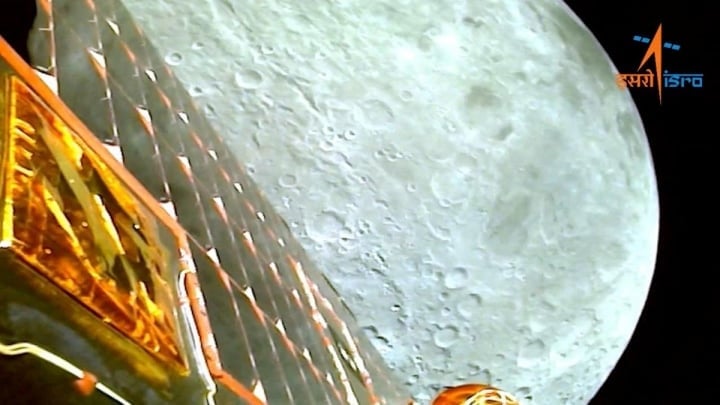
Image of the Moon observed from the Chandrayaan-3 spacecraft. (Photo: Reuters)
What do we know about the existence of water ice on the Moon, and why do space agencies and private companies see it as key to lunar settlement and mining, as well as future missions to Mars?
India's Chandrayaan-3 spacecraft was launched into space on July 14, 2023. Previously, the Soviet Union, the United States and China were the only three countries to successfully soft-land on the Moon.
How did scientists discover water on the Moon?
In the early 1960s, before the first Apollo landing, scientists predicted that water might exist on the Moon. Yet the samples that Apollo astronauts brought back for analysis in the late 1960s and early 1970s appeared to be dry.
In 2008, Brown University researchers reexamined lunar samples using new technology and discovered hydrogen inside tiny grains of volcanic glass. In 2009, a NASA instrument on the Indian Space Research Organization's Chandrayaan-1 probe detected water on the lunar surface.
Also this year, another NASA probe discovered ice under the surface of the Moon. An earlier NASA mission, the Lunar Prospector spacecraft, in 1998 found evidence of the highest concentrations of ice in the explored craters of the South Pole.
Why is water on the Moon important?
Scientists are interested in ancient ice blocks because they can provide information about volcanoes on the Moon, materials brought to Earth by comets and asteroids, and the origin of the oceans.
If there is an abundance of ice, it could provide drinking water for lunar explorers and help cool equipment. It could also be used to create hydrogen for fuel and oxygen for breathing, supporting missions to Mars or mining on the Moon.
The 1967 United Nations Outer Space Treaty prohibits any nation from claiming ownership of the Moon. However, there is no provision prohibiting commercial activities.
The US-led Artemis Accords, which aim to set rules for lunar exploration and the use of its resources, have been signed by 27 parties. China and Russia have not signed the treaty.
Why is exploring the Moon's South Pole a challenging mission?
In fact, there have been previous failed landings on the Moon. The Russian spacecraft Luna-25 was scheduled to land at the South Pole but lost control and crashed into the Moon's surface on August 20.
Far from the equatorial region – a popular target for previous missions – the lunar south pole is full of craters and deep trenches. Both the US and China have planned missions to explore the lunar south pole.
Kieu Anh (VOV.VN)
Source



![[Photo] The "scars" of Da Nang's mountains and forests after storms and floods](https://vphoto.vietnam.vn/thumb/1200x675/vietnam/resource/IMAGE/2025/11/13/1762996564834_sl8-jpg.webp)



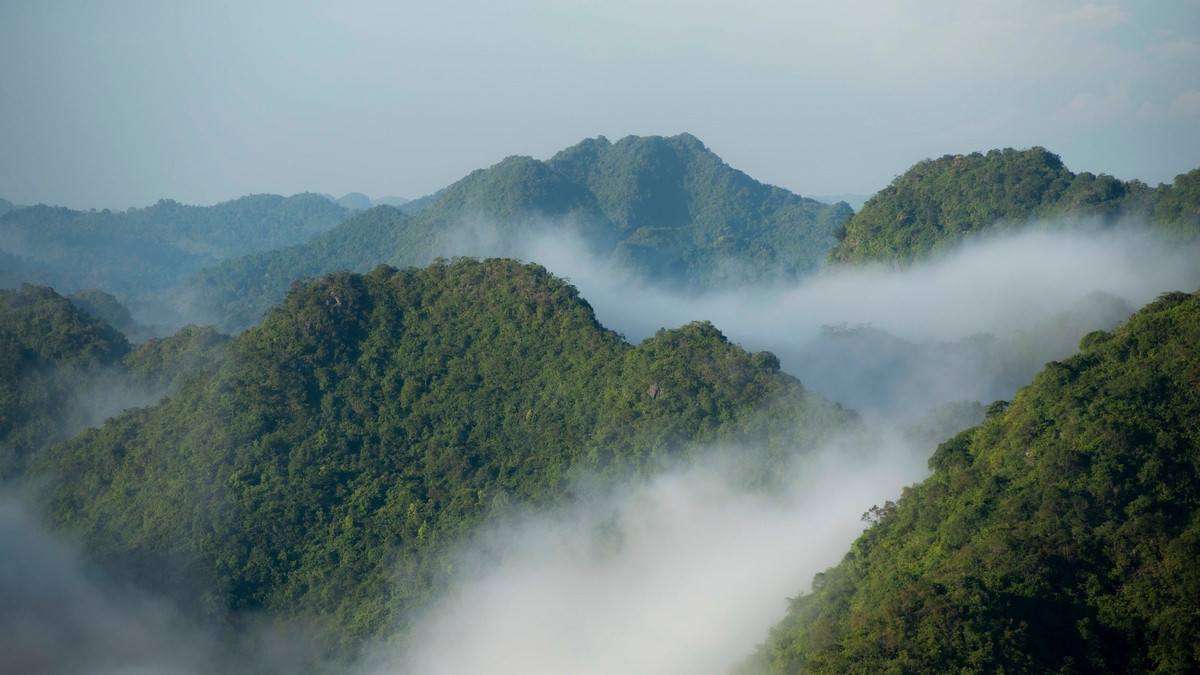
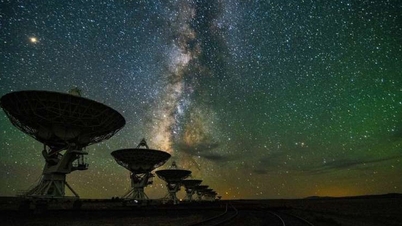

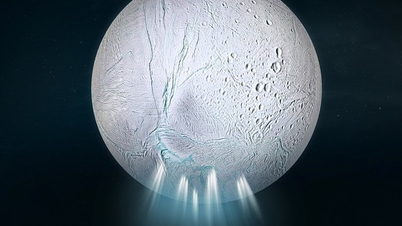


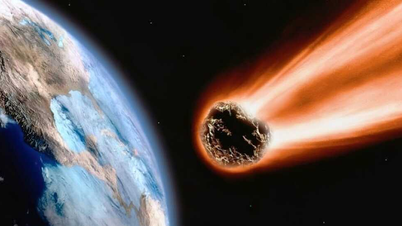



















![[Photo] General Secretary To Lam visits Long Thanh International Airport Project](https://vphoto.vietnam.vn/thumb/1200x675/vietnam/resource/IMAGE/2025/11/13/1763008564398_vna-potal-tong-bi-thu-to-lam-tham-du-an-cang-hang-khong-quoc-te-long-thanh-8404600-1261-jpg.webp)










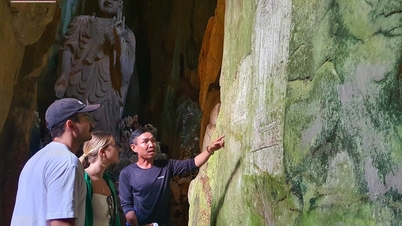






























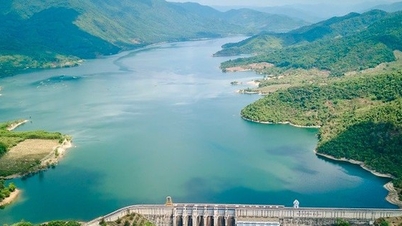



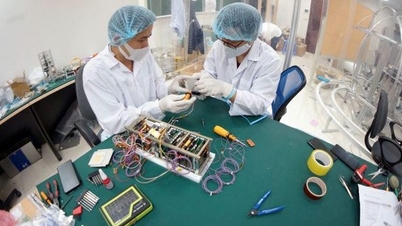


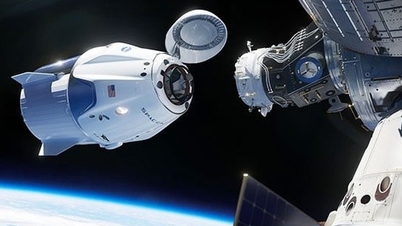















![Dong Nai OCOP transition: [Article 3] Linking tourism with OCOP product consumption](https://vphoto.vietnam.vn/thumb/402x226/vietnam/resource/IMAGE/2025/11/10/1762739199309_1324-2740-7_n-162543_981.jpeg)








Comment (0)